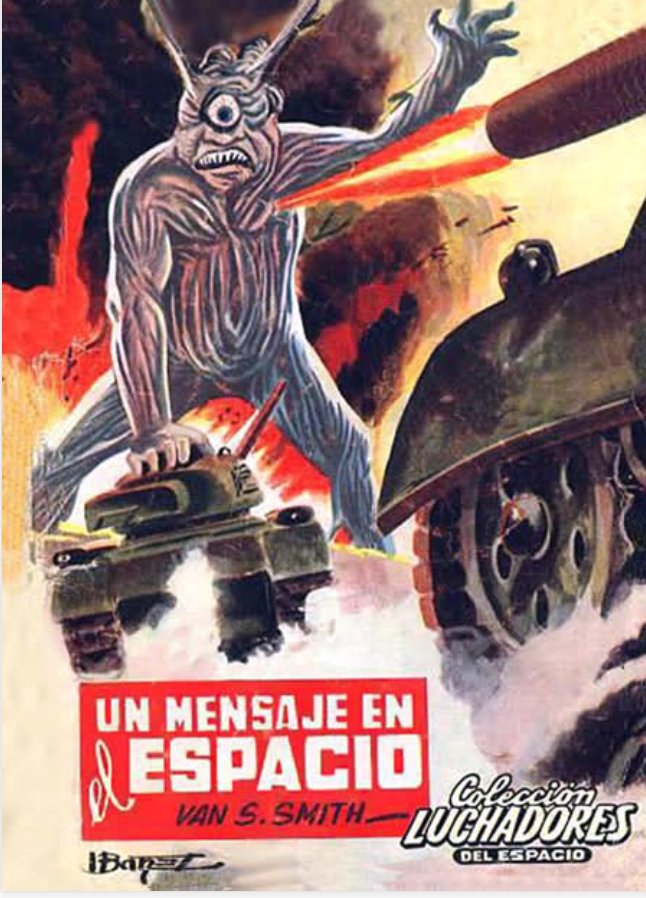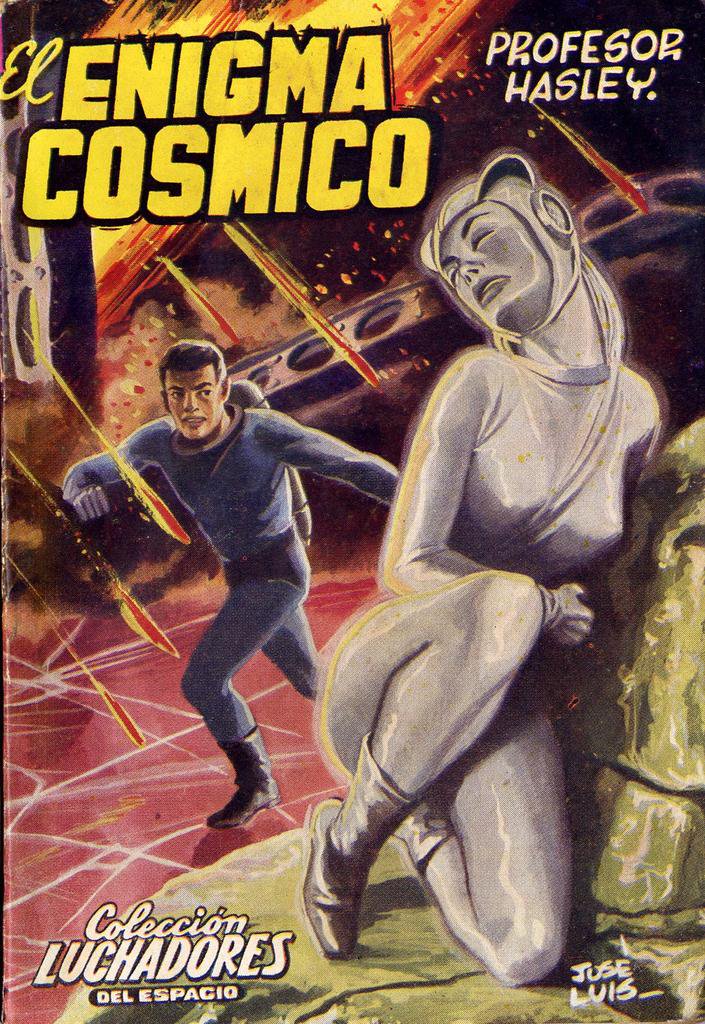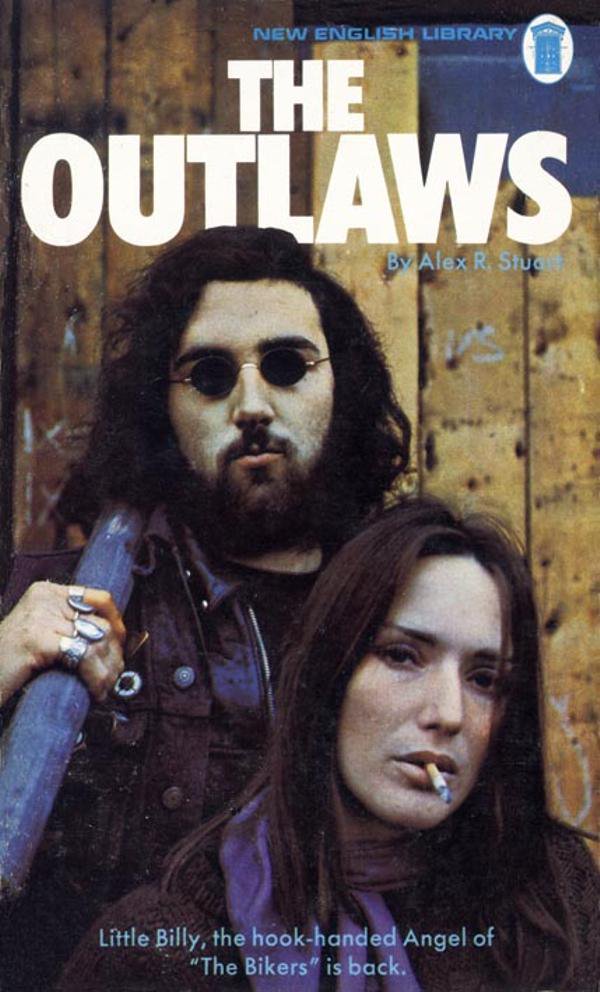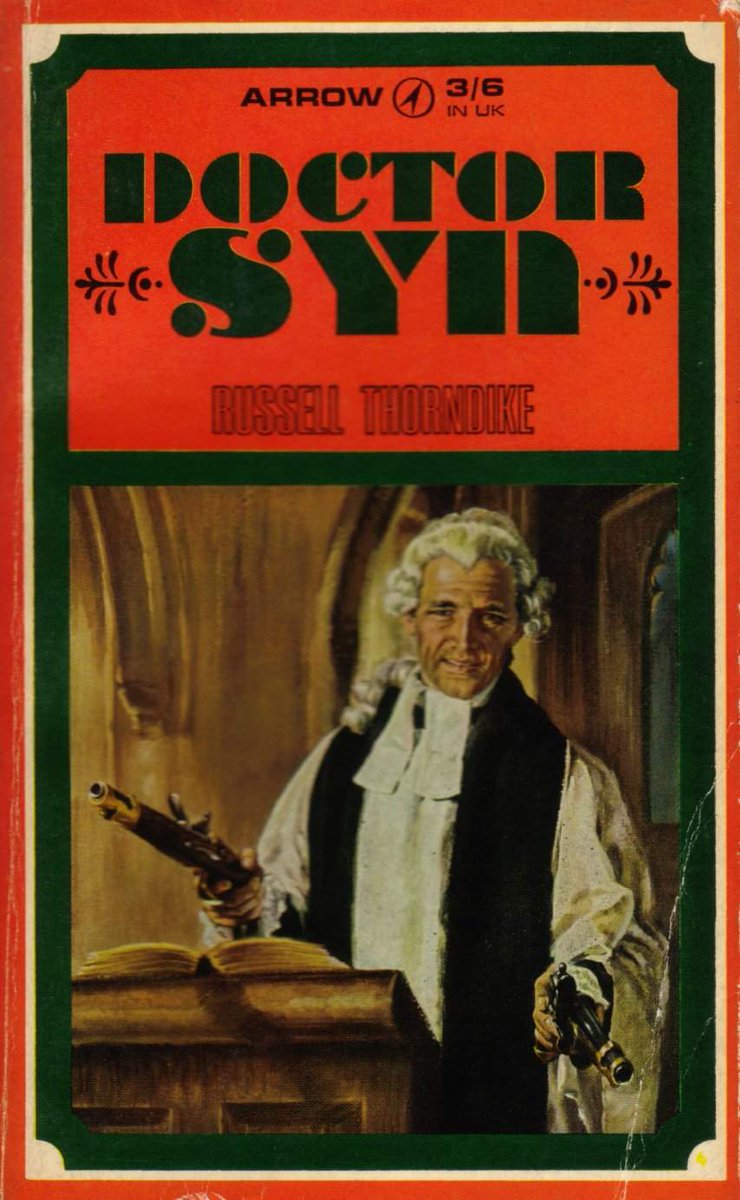Today in pulp I look back at the early days of pulp Spanish sci-fi.
Let me introduce you to the Luchadores del Espacio!!
Let me introduce you to the Luchadores del Espacio!!

Luchadores del Espacio - Space Fighters - is a Spanish-language science fiction saga published by Editorial Valenciana from 1953-63. It's one of the early milestones of Spanish space pulp. 

Spanish language science-fantasy had taken off in Argentina during the 1950s with Más Allá (Beyond), a local rival to Galaxy magazine. So the time seemed right for Editorial Valenciana to launch some original Spanish sci-fi stories. 

Pascual Enguídanos was one of the writers who took up the challenge. Working under the pen names George H. White and Van S. Smith he put together La saga de los Aznar, one of the first Spanish space operas. 



La saga de los Aznar Is influenced by both Greek myth and by Flash Gordon: Earth is invaded by aliens and Aznar leads the human survivors to a distant star system to rebuild their lost homeland. 

Unlike other pulp sci-fi titles Luchadores del Espacio didn't rely on stand alone stories. Instead it took an episodic approach, with stories continuing over many issues. 

Most Luchadores del Espacio stories were written by Spanish writers using English pen names. Sci-fi was still strongly associated with the United States, so publishers used house aliases to give the impression you were getting solid American pulp. 

Luchadores del Espacio ran for over 200 issues, and a number of stories were reprinted in the 1970s. Over two dozen writers cut their teeth working for the publication. 

Luchadores del Espacio may have been old fashioned space opera, but it helped pave the way for a boom in Spanish-language sci-fi as well as new magazines such as Anticipation and Nueva Dimensión in the 1960s and '70s. 

So here's to the Luchadores del Espacio: sometimes all you need to write sci-fi is a bug eyed monster and a ray gun.
More stories another time...
More stories another time...

• • •
Missing some Tweet in this thread? You can try to
force a refresh























